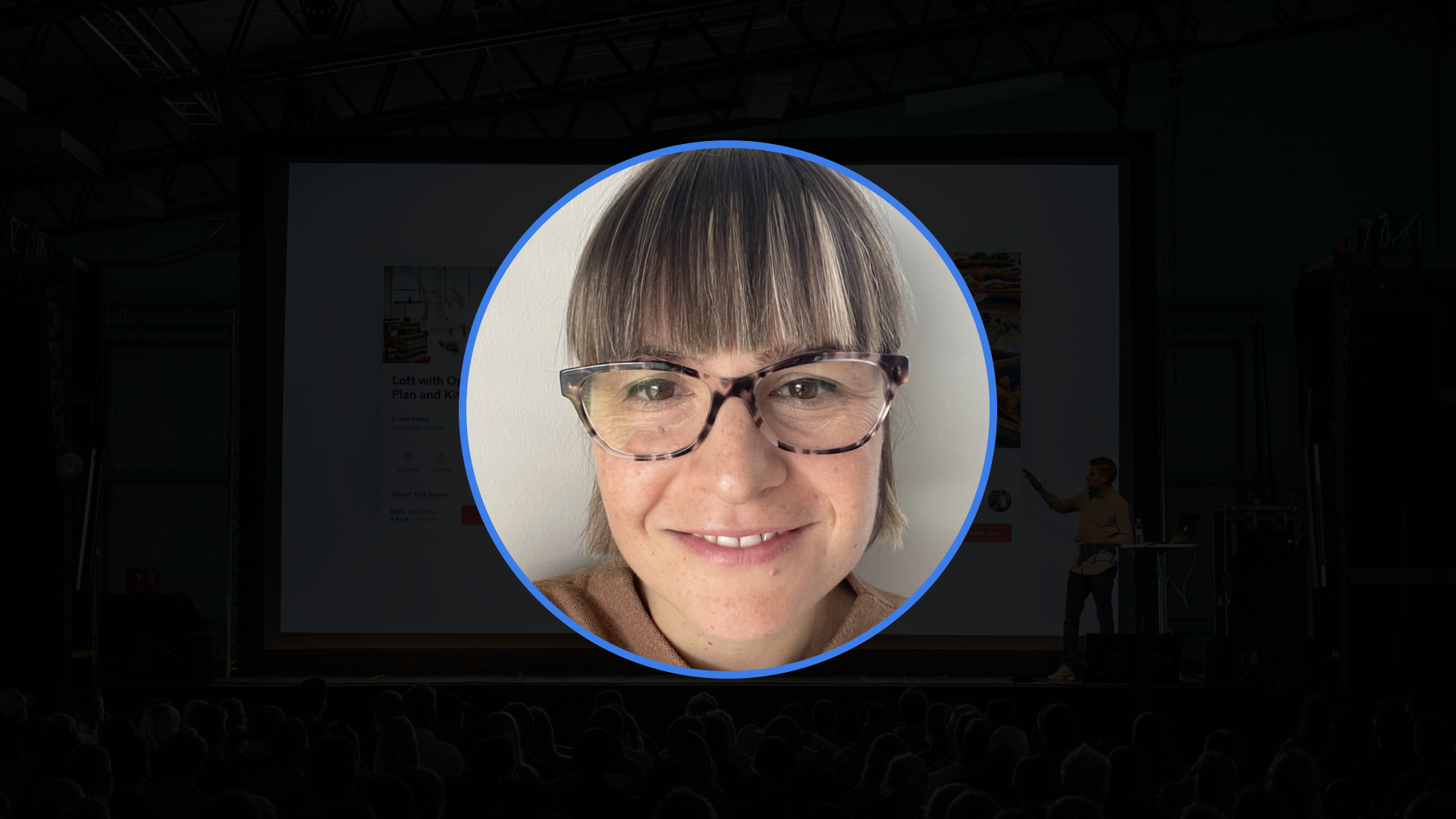
Marília Lauria
Leiklist sem kennsluaðferð í öllum fögum
Í fyrirlestri sínum segir Marília okkur hvernig leiklistarfærnin er yfirfæranleg lykilhæfni sem nýtist börnum og ungmennum utan skólastofunnar til samvinnu, samskipta og til að efla sitt sjálfsálit og sjálfstraust. Leiklist í kennslu býður upp á marga kosti, allt frá því að þróa mjúka færni til gagnrýninnar hugsunar og skapa tækifæri fyrir nemendur til að nálgast efni á mismunandi hátt. Marília sýnir okkur 4 aðferðir (Vélin, Topp-hundur, Kyrrmyndir og Spunasamtal) og sýnir hvernig leiklist getur verið markmið í sjálfu sér eða sem leið fyrir nemendur að læra stærðfræði, sögu, íslensku, erlend tungumál eða í raun hvaða fagi sem er allt frá leikskóla, upp í framhaldsskóla. Klárlega eitthvað sem þið getið nýtt ykkur strax í næstu viku, sama hvaða aldri þið vinnið með.
Spurningar og svör frá Sli.Do
Q1: How do you face the challenge of keeping either everyone active or in role when facing big groups of pupils?
In my point of view, keeping all students actively engaged is key to a successful theater integration. It largely depends on the activity and the age group you are working with. However, if it's not possible to involve the entire group in the activity and you end up with an 'audience,' you can still determine that those 'watching' have an important role. They can take notes for feedback, make connections between the groups' presentations, or even (a favorite of mine) act as reporters. At the end, they can actively ask questions—considering those questions can be part of the unit prior to the theater activity and related to the subject. Answers can be given in character or not!
Q2: How do you recommend making the environment inclusive for students with language barriers?
In the case of having students with varying language proficiency, you should start with activities that don't require much spoken language; freeze frame poses and sculptures, as mentioned during the presentation, are excellent examples. Any 'show me' activity instead of 'tell me' will support these students. Naturally, students with stronger language skills will begin to recognize and appreciate the creative ideas and thoughts of their peers as you, the teacher, highlight them. Gradually, you will create an inclusive environment where all students value each other's contributions. As you transition to activities involving spoken words, feel free to allow those students with language barriers to continue to 'show' their ideas and thoughts if they are unable to fully express themselves verbally. Don't forget to give ALL students the option to do the same if they prefer, or encourage them to do both!
Q3: Where is the theater in the Top dog?
Top Dog is considered a theater game, just like ‘machines’! Theater games offer great benefits by enhancing social skills, creativity, and personal development. In terms of integration, they provide opportunities for subject learning without the time commitment of longer theater activities, while simultaneously developing skills needed for future theater activities (if desired) and, of course, for learning in general. Theater games are often regarded as the starting point in a theater program, but that is not necessarily the case in a theater-integrated curriculum. Top Dog, in particular, boosts concentration and focus, builds confidence, promotes teamwork, and provides fun and engagement.
“Theater in education techniques support students' learning of the content through their whole bodies and engage their attention by creating atmosphere and injecting layers of meaning. It’s a differentiation tool in the teacher’s tool box!”
— Marília Lauria
Hver er Marília Lauria?
Marília Lauria vinnur með hagnýt leiklistafræði og starfar sem ráðgjafi í skólum að því að samþætta leiklist við önnur fög. Hún hefur yfir 20 ára reynslu af því að beita leiklist sem kennsluaðferð í Brasilíu, Bretlandi og Bandaríkjunum en flutti nýlega til Portúgals. Marília hefur MS.Ed í námi og menntun frá Bank Street College (NY-USA) og M.A. í Applied Theatre frá University of London (UK) og B.A. frá háskólanum í London, í leiklist og leikhúsfræðum.

